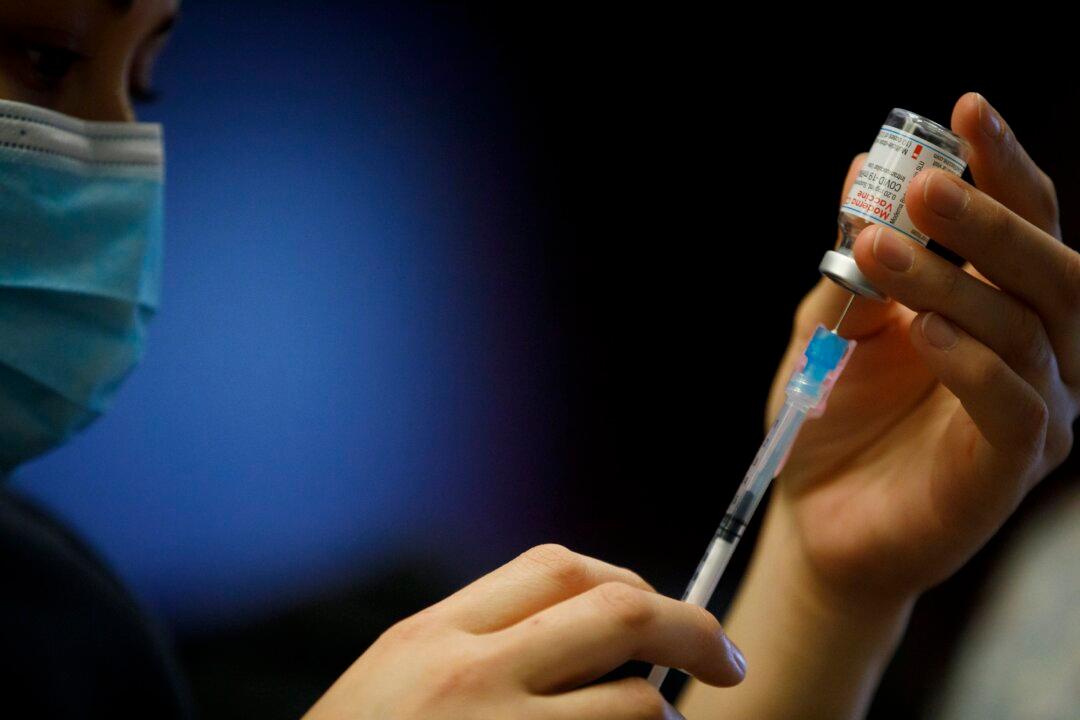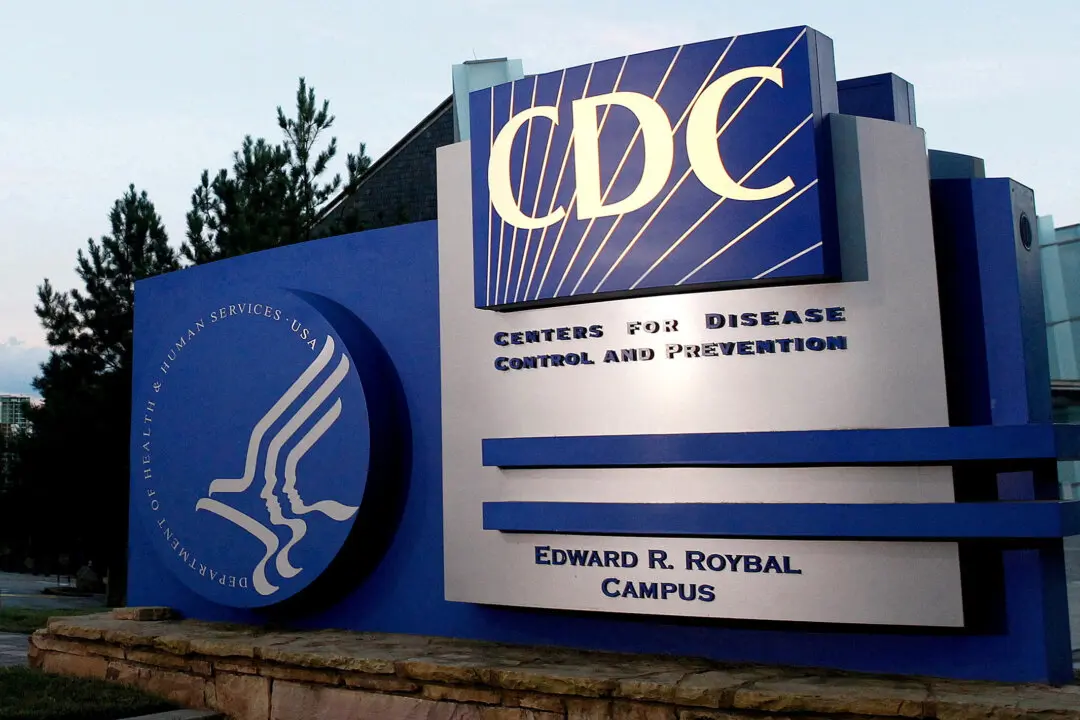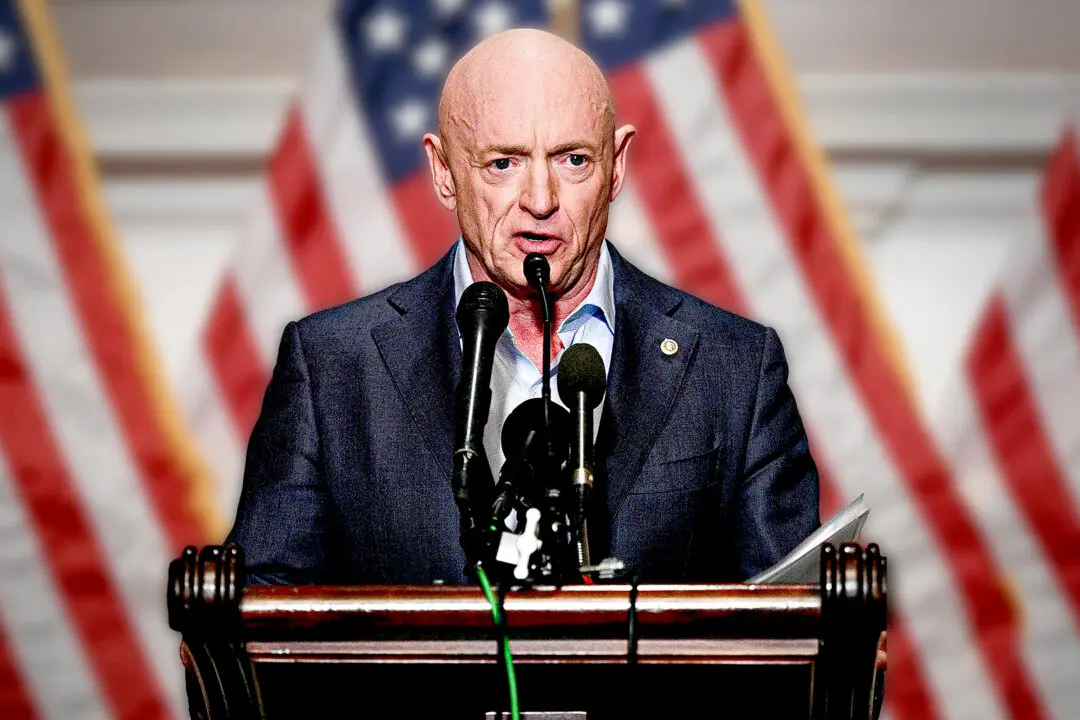Cases of heart inflammation after COVID-19 vaccination were more common among Moderna recipients than those who received Pfizer’s shot, according to a new study.
Canadian researchers analyzed a database and identified 141 cases of myocarditis, a form of heart inflammation, within 21 days of a dose of the Pfizer or Moderna vaccine, both of which utilize messenger RNA (mRNA) technology.





